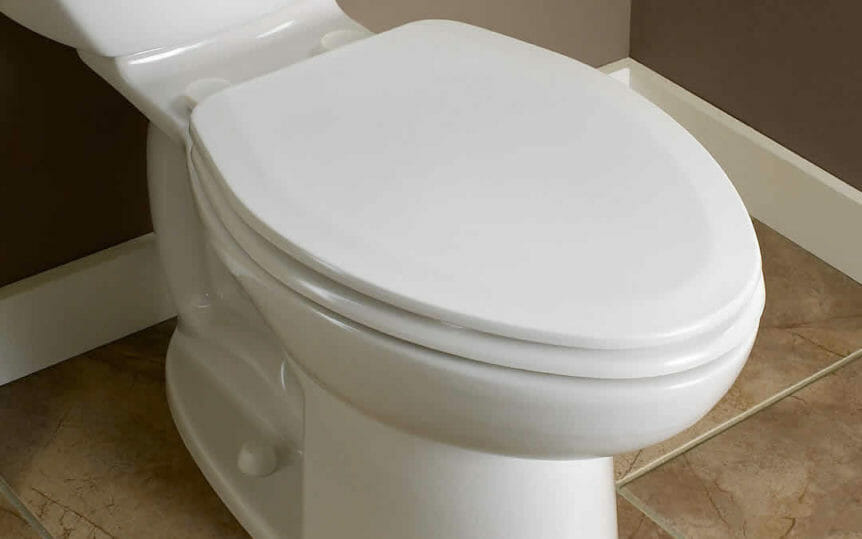
Low Flow Toilets Help With Water Conservation
Water conservation is important to all responsible homeowners. Watering the lawn in the evening, running the dishwasher only when it’s full, and turning the faucet off while brushing your teeth – these are a few of many tricks that can be used to conserve water. But what item in your home do you think uses the most water? You might be thinking the shower or washing machine, but you would be incorrect. Flushing a toilet uses 38 percent of your indoor water. Yep, more than a third of the water used in a typical household goes right down the toilet.
Because of their high water usage, the United States ruled in 1992 that all new toilets sold must be low flow toilets. Before 1992, each toilet flush used at least 3 gallons of water, and in some cases even more than that. But with new toilets you only use 1.28 gallons of water when you flush, which is a significant decrease.
“Throughout the years the law on toilets has changed because of advances in technology that made toilets more efficient,” said John Moore Services Quality Control and Plumbing Manager Joe Bany. “Four years ago you were able to buy a 2.5-gallon/flush toilet, then it changed to 1.6-gallon/flush and now it is up to 1.28-gallon/flush. The design and basic function of toilets have not changed, just the way water is distributed.”
If your home has low-flow toilets already, or you are thinking about purchasing one, you don’t have to worry because they work exactly the same as older toilets. You still pull down the handle, and water still comes down to wash everything down to the main sewer line, but the internal mechanisms have been changed that control the amount of water that is released during each flush.
“If you’re standing in front of a low-flow toilet looking down you will see a large hole where the waste goes through. On the front edge of that hole there is an opening where water drops down each time the toilet is flushed and forces through from the bottom in order to clear the contents inside the toilet,” said Bany. “In old style toilets the holes are under the seat and water pushes through in large quantities and swirls around until everything has been pushed through the hole that leads to the sewer.”
Low-flow toilets are great at conserving water, but because they use less water they tend to clog more often than the older 3-gallon/flush toilets. If you use too much paper or overuse the toilet it will get backed up, and improvements have been made over the last few years to alleviate this issue.
“You can purchase pressure-assisted low-flow toilets which will help push everything down the drain better and will keep your toilet from getting backed up,” said Bany. “Also, toilet manufacturers have started to make them with bigger drains and have started to glaze them so they are smoother which will help contents flow better.”
The important thing to remember with these toilets is proper usage and maintenance. Here are some tips to keep your toilet running smoothly:
- Always make sure your toilet is working the way it is designed to work. If your toilet is constantly running or dripping then something is wrong. Noises like this could mean that the flapper is not working, there is an internal leak, or there is not enough water entering the toilet bowl. Calling a professional to fix any problem, even a small one, ensures that your toilet is in good working order and this will help keep stoppages to a minimum.
- Make sure that after every flush all contents inside the toilet go down the drain. And sometimes, this may take more than one flush. If paper or anything else gets left behind inside the toilet then it is safe to say that contents are stuck inside the drain and will eventually cause a stoppage.
- If you lift the lid and see dirt, sediment, or black rubber floating around in the tank you probably have a problem with the gasket or the flapper. Small problems like these can lead to larger ones, which will cause damage to the toilet if not properly fixed.
Low-flow toilets are a great money-saver and can help cut down on your daily water usage. But just like anything else, they can malfunction from time to time and when this happens it’s important to call in a professional who knows what he is doing. The expert plumbers at John Moore Services are trained to install and repair toilets and stoppages of all kinds. If you have a low-flow toilet or want to get one installed in your home give us a call and have it done right.
